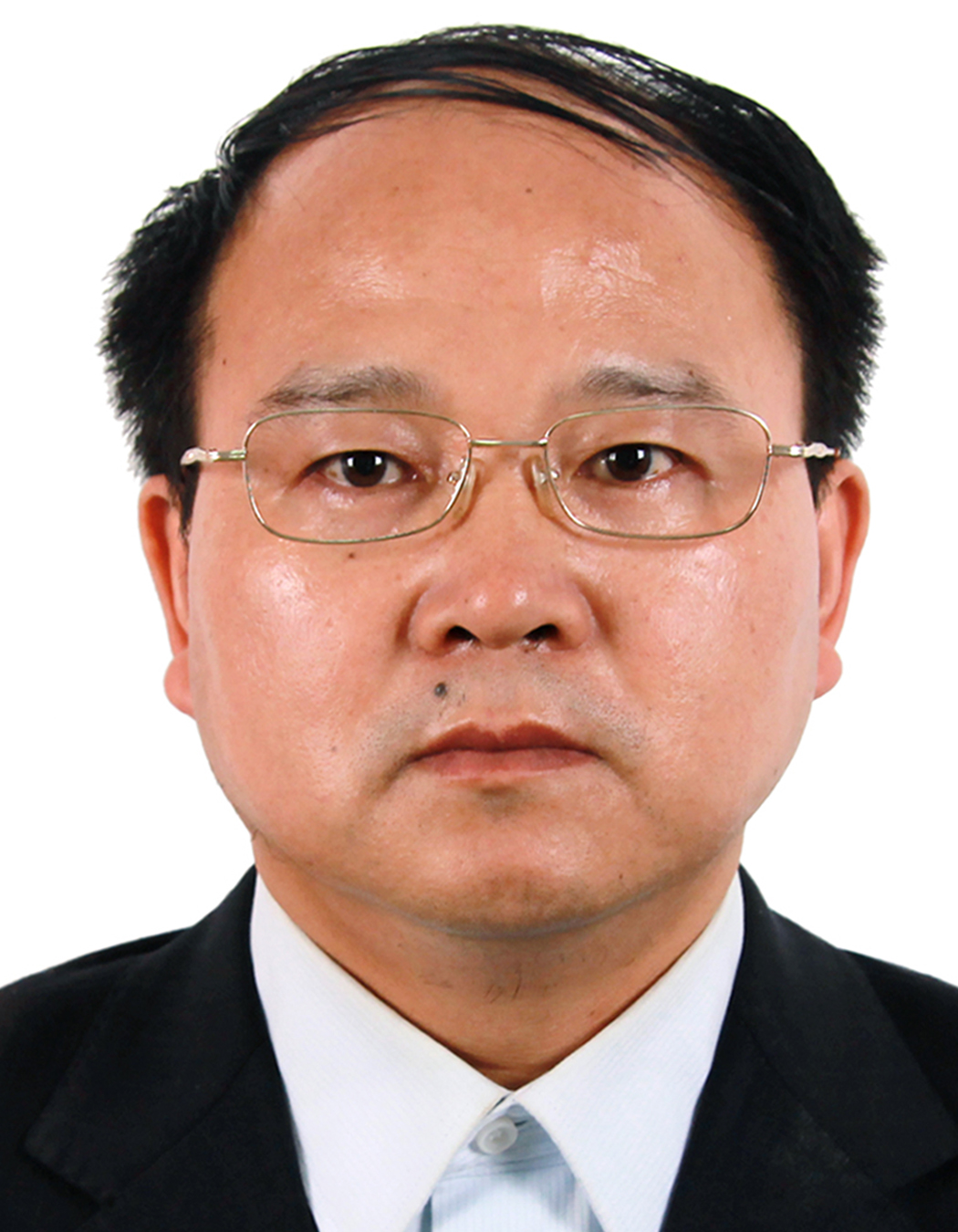
Petrophysics课程:前往报名学习
Petroleum is the key energy and strategic materials in the world. How to economically develop the oil and gas reservoir is the main task of petroleum engineers. This course is foundation course for the majors of petroleum engineering and offshore oil and gas engineering. Are you struggling to understand the properties of reservoir fluids, properties of reservoir rocks, properties of porous medium containing multiple fluids and fundamentals of enhanced oil recovery?
开设学校:中国石油大学(华东);学科:工学、
Petroleum is the key energy and strategic materials in the world. How to economically develop the oil and gas reservoir is the main task of petroleum engineers. This course is foundation course for the majors of petroleum engineering and offshore oil and gas engineering. Are you struggling to understand the properties of reservoir fluids, properties of reservoir rocks, properties of porous medium containing multiple fluids and fundamentals of enhanced oil recovery?
-0.2 Status of oil and gas resources
-Introduction
-Section 1 PHASE BEHAVIOR OF HYDROCARBON SYSTEM
--1-1-1 chemical composition of petroleum
--1-1-2 commercial properties and classification of petroleum
--1-1-3 basic concepts of phase behavior 1
--1-1-4 Basic concepts of phase behavior 2
--1-1-5 Phase behavior of one-component system
--1-1-6 phase behavior of two-component system 1
--1-1-7 Phase behavior of two-component system 2
--1-1-8 Phase behavior of multi-component system
--1-1-9 Application of phase diagram
--1-1-10 Phase diagram of typical oil gas reservoirs
-Section 2 SOLUTION AND SEPARATION PROCESS IN A GAS-OIL SYSTEM
--Chap 1.2 PPT of Petrophysics
--1-2-1 Solubility of gas in oil
--1-2-2 Derivation of equilibrium equations
--1-2-3 Application of equilibrium equations
--1-2-4 Equilibrium constant for ideal solution
--1-2-5 Example of equilibrium constant calculation
--1-2-6 Equilibrium constant for real solution
--1-2-7 Separation of gas from oil
-Section 3 PROPERTIES OF NATURAL GAS
--Chap 1.3 PPT of Petrophysics
--1-3-1 Composition of natural gas
--1-3-2 Apparent molecular weight of natural gas
--1-3-5 Determination of Z factor 1
--1-3-6 Determination of Z factor 2
--1-3-7 The coefficient of isothermal compressibility of gas
--1-3-8 Gas formation volume factor and expansion factor
--1-3-9 Viscosity of natural gas
-Section 4 PROPERTIES OF CRUDE OILS
--Chap 1.4 PPT of Petrophysics
--1-4-1 Solution gas-oil ratio
--1-4-2 Formation volume factor and shrinkage factor of oil
--1-4-3 Two-phase formation volume factor
--1-4-4 Crude oil density and specific gravity
--1-4-5 Coefficient of isothermal compressibility of crude oil
--1-4-7 Oil viscosity measurement
-Section 5 PROPERTIES OF OILFIELD WATER
--Chap 1.5 PPT of Petrophysics
--1-5-2 Composition of formation water
--1-5-3 Classification of formation water
--1-5-4 Solution gas-water ratio
--1-5-5 Formation volume factor of formation water
--1-5-6 Coefficient of isothermal compressibility
-Exercises for Chapter 1
-Introduction
-Section 1 PROPERTIES OF ROCK MATRIX
--2-1-1 Granulametric composition
--2-1-2 Presentation of granulametric composition
--2-1-3 Evaluation of heterogeneity of sand grains
--2-1-5 Factors affecting specific surface area
--2-1-6 Measurement of specific surface area
-Section 2 POROSITY OF RESERVOIR ROCKS
--2-2-1 Classification of pores
--2-2-4 Factors affecting porosity
--2-2-5 Determination of porosity
--2-2-6 Determination of porosity 2
--2-2-7 Compressibility of porous rocks
-Section 3 PERMEABILITY OF RESERVOIR ROCKS
--2-3-6 Factors affecting permeability 1
--2-3-7 Factors affecting permeability 2
--2-3-8 Evaluation of permeability
--2-3-9 Measurement of permeability
--2-3-10 Average permeability for parallel layers
--2-3-11 Average permeability for series layers
--2-3-12 Evaluation of heterogeneity of permeability
-Section 4 FLUID SATURATION
--2-4-2 Interstitial water and residual oil
--2-4-3 Factors affecting connate water saturation
--2-4-6 Determination of fluid saturation 1
--2-4-7 Determination of fluid saturation 2
-Section 5 CEMENTING MATERIALS AND TYPES OF CEMENTATION IN RESERVOIR ROCKS
-Exercises for chapter 2
-Section 2.7 Other properties of reservoir rocks
-Introduction
-Section 1 INTERFACIAL TENSION
-Section 2 WETTABILITY OF A SOLID AND DISTRIBUTION OF OIL AND WATER IN PORES
--3-2-1 Wettability and contact angle
--3-2-3 Factors affecting the wettability of reservoir rocks
--3-2-4 Fluid distribution in pores of reservoir rocks 1
--3-2-5 Fluid distribution in pores of reservoir rocks 2
-Section 3 CAPILLARY PRESSURE
--3-3-2 Capillary pressure equation
--3-3-3 Application of capillary pressure equation
--3-3-5 Measurement of capillary pressure
--3-3-6 Mercury injection menthod
--3-3-7 Semi-permeable diaphragm method
--3-3-8 Converting capillary data
--3-3-9 Interpretation of capillary pressure
--3-3-10 Application of capillary pressure curve
--3-3-11 Determine the rock wettability
--3-3-12 Determine the fluid distribution in transition zone
-Section 4 RELATIVE PERMEABILITY
--3-4-2 Effective permeability
--3-4-4 Two-phase relative permeability curve
--3-4-5 Factors effecting relative permeability curve
--3-4-6 Estimate the oil recovery factor
--3-4-7 Calculate the water cut
--3-4-8 Determine the transition zone 1
--3-4-9 Determine the transition zone 2
-Exercises for Chapter3
-Section 1 OIL RECOVERY AND ITS AFFECTING FACTORS
--4-1-2 Primary, Secondary and Tertiary oil recovery
--4-1-5 Factors affecting oil recovery
-Section 2 ENHANCED RECOVERY METHODS
孙仁远,教授,博士,教育部来华留学英语授课品牌课程负责人,山东省首批省级双语教学示范课程负责人,山东省省级精品课程负责人。获国家级教学奖励1项,省级教学奖励2项,曾获“良师益友-研究生心目中的好导师”、“国际学生心目中的好老师”、“优秀研究生指导教师”、校优秀教师等荣誉称号。
张志英,女,博士,副教授,国际教育学院副院长,主要从事油层物理、气藏工程、油藏数值模拟等课程的教学工作,是教育部来华留学英语授课品牌课程、山东省省级精品课程、山东省省级双语教学示范课程主要贡献者。
张磊,博士,讲师,主要从事“油层物理”等课程的教学工作,是教育部来华留学英语授课品牌课程、山东省省级双语教学示范课程主要贡献者。
李蕾,博士,副教授,主要从事“油层物理”等课程教学工作,是教育部来华留学英语授课品牌课程、山东省双语教学示范课程主要贡献者。
王文东,博士,副教授,主要从事“油层物理”等课程教学工作,是教育部来华留学英语授课品牌课程、山东省双语教学示范课程主要贡献者。

